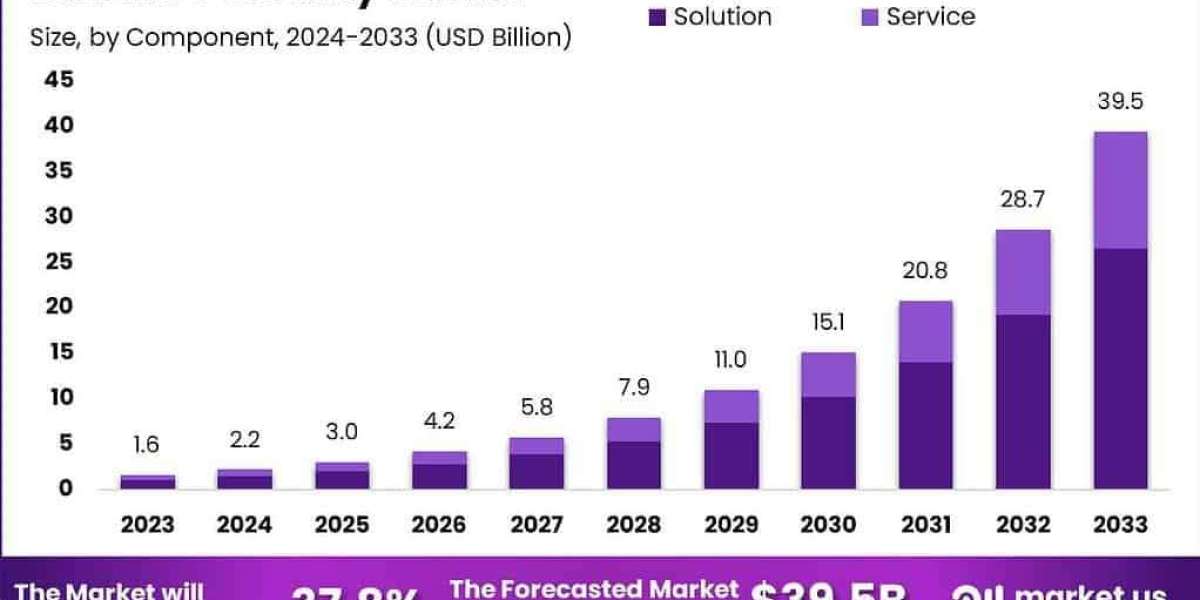The construction electric vehicle market is progressing toward sustainable solutions, but it is not without significant threats. As the global construction sector transitions from traditional diesel-powered machinery to electric alternatives, a range of challenges—financial, operational, technological, and regulatory—pose risks to widespread adoption. Understanding these threats is crucial for manufacturers, contractors, and investors as they navigate this complex and evolving market.
High Initial Costs and Uncertain ROI
One of the most pressing threats to the construction electric vehicle (EV) market is the high upfront cost of electric machinery. While electric construction vehicles offer long-term savings in fuel and maintenance, the initial purchase price remains significantly higher than that of their diesel counterparts.
For small and mid-sized contractors operating on tight budgets, these capital expenses are often prohibitive. Even larger firms may hesitate to invest in electric fleets without a clear return on investment (ROI) timeline. With limited resale markets and uncertain long-term battery performance, cost concerns continue to be a major roadblock.
Additionally, the availability of financing options for electric equipment is limited in many regions. Without affordable leasing, loans, or government subsidies, many companies are unable or unwilling to make the transition.
Limited Charging Infrastructure on Job Sites
Another major threat is the lack of accessible charging infrastructure, particularly on remote or temporary construction sites. While urban environments may have public or semi-public charging options, construction zones typically require mobile, high-capacity charging stations—an area where the market is still underdeveloped.
The absence of reliable, fast-charging solutions creates operational downtime, delays, and uncertainty. Job site managers must plan around battery life, charging cycles, and power availability, which can complicate logistics and reduce productivity.
Moreover, without standardization in charging protocols across different vehicle brands, interoperability remains a problem. This fragmentation makes it more difficult for contractors to maintain mixed electric fleets and efficiently utilize shared infrastructure.
Performance Concerns and Equipment Limitations
Despite advances in battery technology, many contractors remain skeptical of the performance capabilities of electric construction vehicles. Concerns around battery range, power output, and durability under extreme conditions—such as heat, cold, and heavy-duty usage—can deter adoption.
Some heavy-duty tasks still require higher torque and longer operational hours than current electric models can consistently deliver. For large-scale infrastructure projects or rural developments, relying solely on electric vehicles can present risks in terms of efficiency and timeline management.
Additionally, the market lacks diversity in electric equipment models. While there are compact and mid-sized electric machines available, heavy-duty categories like bulldozers, cranes, and graders have fewer electric alternatives. This limited range of options restricts electric adoption for complex and large-scale projects.
Supply Chain Vulnerabilities
As demand for construction EVs rises, so does pressure on the supply chain—especially for batteries and critical raw materials such as lithium, cobalt, and nickel. Supply chain disruptions, geopolitical instability, and resource scarcity pose long-term threats to production and cost stability.
Manufacturers may face delays in delivering equipment, while fluctuating raw material prices can make cost planning difficult. The reliance on global supply chains for EV components also exposes the market to risks associated with shipping, trade regulations, and international conflicts.
Regulatory Uncertainty and Policy Inconsistency
While government support is driving adoption in many regions, inconsistent policies and a lack of global regulatory alignment can pose threats to market growth. Changes in government, shifting economic priorities, or the withdrawal of subsidies can destabilize market momentum.
In developing regions, where infrastructure growth is urgent but funding is limited, unclear policies or weak enforcement can lead to slow adoption. Furthermore, inconsistent emissions standards and incentive programs create confusion for manufacturers trying to enter new markets or scale up operations.
Workforce and Training Challenges
The construction industry is already facing a skills gap, and the introduction of electric vehicles adds another layer of complexity. Operators and maintenance personnel must be trained in the unique requirements of electric equipment, including battery management, charging protocols, and diagnostics.
Without proper training infrastructure, adoption may lead to inefficiencies, safety risks, and equipment misuse. This training gap is especially problematic in regions with limited access to technical education or digital resources.
Furthermore, resistance to change from within the workforce can slow down the transition. Employees accustomed to diesel equipment may be reluctant to embrace new technologies that disrupt traditional workflows.
Market Competition and Brand Trust
With the electric construction equipment space expanding, competition among manufacturers is intensifying. While this fuels innovation, it also raises concerns over quality control, after-sales support, and reliability—especially from newer entrants and startups.
Contractors may hesitate to trust unproven brands or fear being locked into proprietary ecosystems with limited support. In a high-risk industry like construction, reliability and uptime are critical, and a single failure can lead to significant delays and losses.
In conclusion, the construction electric vehicle market is full of promise but also fraught with threats that cannot be ignored. From cost barriers and infrastructure limitations to supply chain and regulatory risks, the industry must overcome several challenges to achieve widespread electrification. Stakeholders must address these issues collaboratively—through innovation, policy support, training, and infrastructure investment—to unlock the full potential of electric vehicles in the construction sector.








